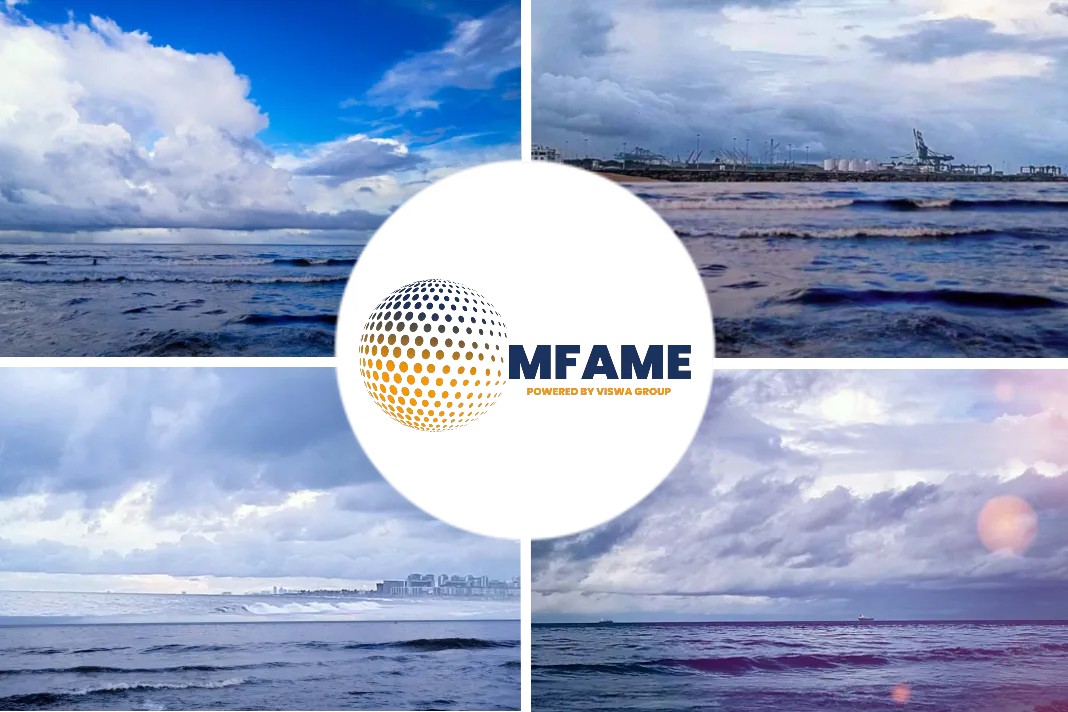- Intercontinental Exchange, Inc., on the 19th February, launched new Marine Fuel 0.5% futures contracts in advance of the implementation of IMO2020.
- ICE’s new futures contracts will settle against the S&P Global Platts physical Marine Fuel 0.5% assessments.
- The contracts will allow participants around the world to manage to change shipping and refining economics, hedge forward, and restructure positions,
- The contract has become the go-to price marker for the middle part of the refined barrel and the world’s leading middle distillate benchmark.
Intercontinental Exchange, Inc., a leading operator of global exchanges and clearing houses and provider of data and listings services, on the 19th February, launched new Marine Fuel 0.5% futures contracts in advance of the implementation of the 0.5% sulfur cap by the International Maritime Organization (IMO) in 2020, says a press release published on AP News.
Expected Outcome
ICE’s new futures contracts will settle against the S&P Global Platts physical Marine Fuel 0.5% assessments. The IMO regulation limits sulfur emissions from shipping bunker fuel from January 2020, requiring ships to use fuel oil with a maximum sulfur content of 0.5% (mass/mass) outside designated emission control areas.
Contract Details
Fuel Oil Outright – Marine Fuel 0.5% FOB Rotterdam Barges (Platts) Future Fuel Oil Outright – Marine Fuel 0.5% FOB Singapore (Platts) Future Fuel Oil Diff – Marine Fuel 0.5% FOB Rotterdam Barges (Platts) vs 3.5% FOB Rotterdam Barges (Platts) Future Fuel Oil Diff – Marine Fuel 0.5% FOB Singapore (Platts) Future vs 380 CST Singapore (Platts) Future Fuel Oil Outright – Marine Fuel 0.5% FOB USGC Barges (Platts) Future Fuel Oil Diff – Marine Fuel 0.5% FOB USGC Barges (Platts) vs USGC HSFO (Platts) Future
Towards Customer Satisfaction
“We are launching these contracts in response to demand from our customers for Marine Fuel 0.5% specific derivative contracts. The contracts will allow participants around the world to manage to change shipping and refining economics, hedge forward, and restructure positions,” said Jeff Barbuto, ICE’s Global Head of Oil Sales and Business Development. He continued to say that, the contracts will operate alongside ICE’s benchmark Low Sulphur Gasoil, fuel oil and LNG markets, providing customers with a range of hedging tools to assist with the transition to the new regulations in 2020.
How is the contract important?
ICE Low Sulphur Gasoil is the key global refined oil benchmark. Gasoil futures and options volume grew 10% in 2018 versus 2017, while Open Interest reached a record 1.15 million lots in September 2018. The contract has become the go-to price marker for the middle part of the refined barrel and the world’s leading middle distillate benchmark. ICE Low Sulphur Gasoil is important and efficient hedging and trading mechanism, providing market participants with access to a range of products in a single contract and plays the same role for middle distillate oil that ICE Brent Crude plays for the crude oil market.
Half of the world’s crude and refined oil futures are traded on ICE’s markets, including futures and options on the global benchmark ICE Brent, the U.S. benchmark West Texas Intermediate (WTI) crude, ICE Permian WTI, the Asian benchmark Platts Dubai crude, Heating Oil and RBOB Gasoline, as well as more than 500 additional grades and oil products.
Did you subscribe to our daily newsletter?
It’s Free! Click here to Subscribe!
Source: AP News

















